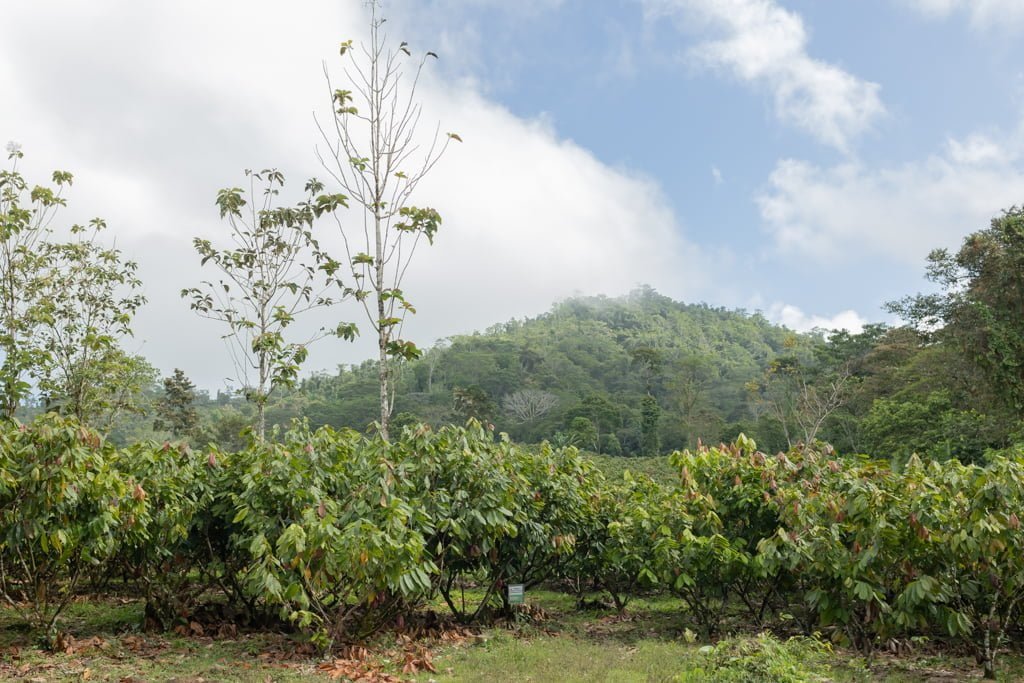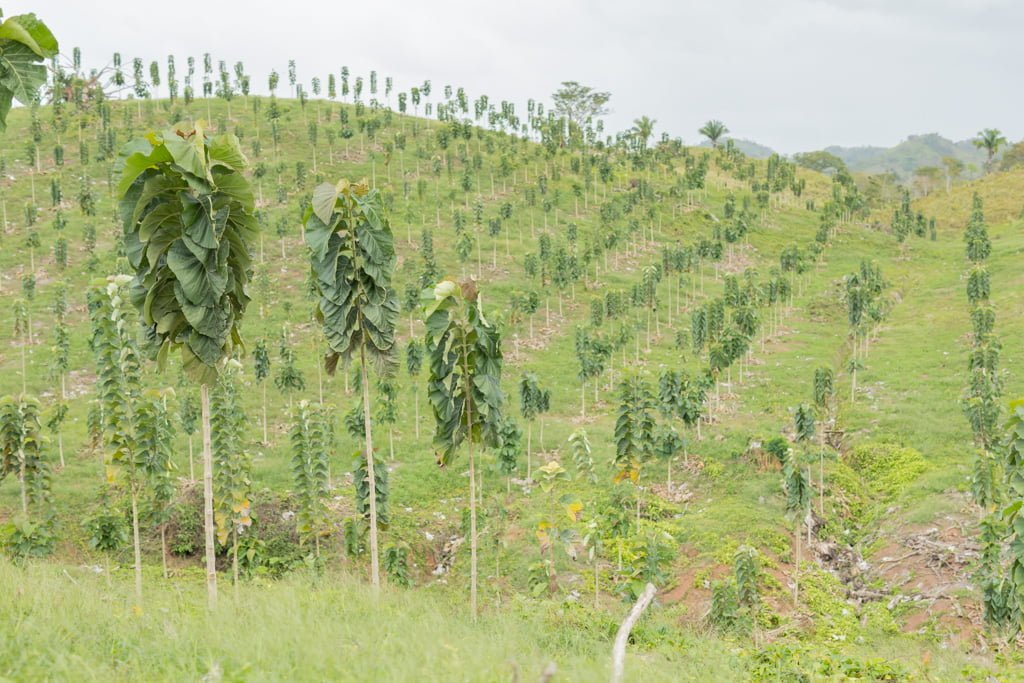News
MLR Forestal obtains international VCS certification for carbon capture

Carbon capture is the process by which excess carbon dioxide in the atmosphere is removed. Both living beings and industries and means of transport emit this gas. Oneof the advantages of MLR Forestal’s teak and cocoa plantations is that they capture carbon through photosynthesis. This capture made by plantations such as those of MLR Forestal is important because the levels of carbon dioxide produced by greenhouse gases have grown so much in the world that they are causing the gradual increase in temperature on the planet, a phenomenon known as global warming or climate change.
MLR Forestal in order to promote social and environmental responsibility carries out reforestation days in protection areas and neighboring communities to favor the capture of carbon dioxide; however, the effort has not stopped there because now it also has an international certification that guarantees that the steps that the company takes in the face of this effort really have a positive effect.
A voluntary program to protect the environment
“The certification was obtained under the international standard called VCS (Verified Carbon Standard) and is important for the company because we are restoring degraded land with species such as teak and cocoa. In addition, we are predicting that by 2037 there will be forest cover in more than 4,500 hectares of the areas we have in the project. This is a benefit for the communities because by capturing carbon dioxide we help to have a cleaner air, so that the flora and fauna develop better and environmental services are increased in favor of the Bosawás Biosphere Reserve,” argues Cynthia Córdoba, in charge of Certifications of MLR Forestal.

Another aspect that favors carbon capture, in the words of Córdoba, “is the process of ecological restoration that the company is carrying out, mainly in areas that had previously been degraded by the advance of the agricultural frontier, which includes areas of teak and cocoa plantations as well as areas destined for protection and conversation.”
On the verra website, which is the certification body of the Verified Carbon Standard, it is explained that “the VCS Program is the most widely used voluntary GHG (Greenhouse Gas) program in the world. More than 1,803 certified VCS projects have collectively reduced or removed more than 957 million tons of carbon and other GHG emissions from the atmosphere.”
“A rigorous evaluation process”
On the Verra website it is specified that “the projects developed within the framework of the VCS Program must follow a rigorous evaluation process in order to be certified. VCS projects cover a wide range of sectors, including renewable energy, forestry (including deforestation prevention) and others.
“Emission reductions certified by our program can be issued as VCU (Verified Carbon Units). A VCU represents one metric ton of greenhouse gas emissions reduced or removed from the atmosphere.”

This process consists of five steps:
- Choosing a methodology: The methodology establishes detailed procedures for
quantify GHG emission reductions from specific project activities. VCS offers a set of pre-approved methodologies for projects in energy, mining, forestry, agriculture, waste management and other sectors. - Description and entry of the project: Proponents must prepare a description of the project to demonstrate that it meets the requirements of the VCS Program and the methodology applied.
- Validation of the project description: Proponents of a project must hire a VCS-approved validator/verifier (VVB), who will determine whether the project complies with all VCS rules and requirements.
- Verification of emission reductions: Once the project begins operations, it must follow the monitoring plan as stipulated in the project description to monitor GHG emission reductions, as well as collect other data that is included in the monitoring report. The project then hires a VVB to verify the reductions mentioned in the monitoring report.
- Issuance of VCUs: Finally, project proponents submit an application to register their project and issue VCUs to their registration account.
Share




